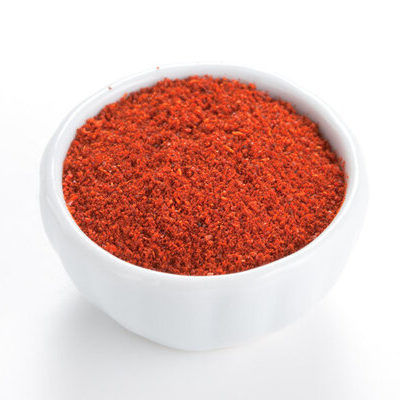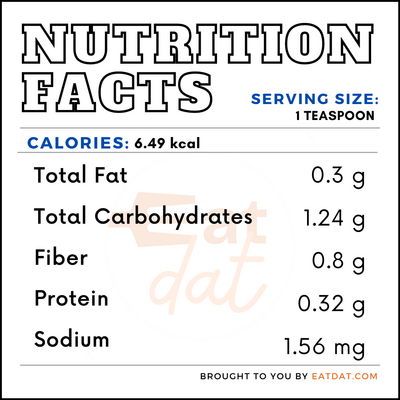
Paprika
What is Paprika?
Paprika is a spice made by grinding the pods of red bell pepper or other varieties of Capsicum annum. The peppers used are mild and have a thin flesh in order to extract more flavor. This spice is distinct from chili powder, which is made from grinding dried red chilis and is hot. Furthermore, it has a mild taste and can sometimes even have a hint of sweetness.
- This spice is used to impart flavor to different dishes and is extensively used in Balkan and Mediterranean cuisines.
- Paprika can be classified into three types: sweet, smoked, and hot.
The top 7 most popular paprika brands are:
- The Spice Lab
- McCormick
- Unpretentious Baker
- Chiquilin
- Chili-Trade
- Gustus Vitae
- Badia
Origin of paprika
This spice is of Mexican origin, where it was used as a spice and a medicine. Spanish colonization brought the spice back to Spain, from where it spread to different parts of Europe. At first, the plants used for producing the spice were kept as decorative house plants. Eventually, it was introduced to the Ottoman Empire, who introduced it into Hungary, which they colonized. The spice quickly became a mainstay in Hungarian cuisine. Originally, this spice was hot until it was grafted and made sweeter in the 1920s.
Nutrition
The nutritional values for 1 teaspoon of paprika are:

In addition, it contains essential micronutrients such as calcium, iron, magnesium, phosphorus, potassium, sodium, selenium, niacin, folate, choline, vitamins A & E, vitamin K, carotene, cryptoxanthin, and lutein. Moreover, the carotenoids in this spice may help in reducing the risk of cardiovascular diseases, cancer, and diabetes. Furthermore, regular consumption is helpful in managing obesity and acts as an anti-inflammatory agent.
Commercial production
Paprika production requires a warm and dry climate. It has the capacity to grow well in different types of soils but is best suited to rich soils with good drainage. The main producers and exporters of this spice are India, China, Peru, Spain, Mexico and Pakistan. Europe and the USA are the main importers.
Paprika recipes
This is used as a seasoning and is common in spice blends and rubs, marinades, sauces and stews. Also, it may be added to dishes to impart color or as a garnish, such as in deviled eggs. Here are a few recipes:
- Chicken Paprikash
- Hungarian Goulash
- Chermoula
- Spiced Potatoes
- Zaalouk
- Garlic Soup
- Smoky Cauliflower
- Patatas Bravas
- Savory French Toast
- Ajvar
- Lakra me Mish
- Stuffed Peppers
- Harissa
- Mexican Fried Rice
- Deviled Eggs
FDA regulations
The FDA classifies paprika as a color additive and describes it as the ground dried pod of mild capsicum (Capsicum annuum L.). It also falls under the generally recognized as safe category, as well as the spices and other natural seasonings and flavorings category.
References
Rebecca Firkser, Everything You Need to Know About Paprika, Tasting Table, https://www.tastingtable.com/cook/national/paprika-taste-uses-spanish
The History of Hungarian Paprika, The Hungarian Paprika, https://www.thehungarianpaprika.hu/en/
Maeda, Hayato et al. “Paprika Pigments Attenuate Obesity-Induced Inflammation in 3T3-L1 Adipocytes.” ISRN inflammation vol. 2013 763758. 11 Apr. 2013, doi:10.1155/2013/763758, https://www.ncbi.nlm.nih.gov/pmc/articles/PMC3767362/
Mohd Hassan, Norazian et al. “Carotenoids of Capsicum Fruits: Pigment Profile and Health-Promoting Functional Attributes.” Antioxidants (Basel, Switzerland) vol. 8,10 469. 9 Oct. 2019, doi:10.3390/antiox8100469, https://www.ncbi.nlm.nih.gov/pmc/articles/PMC6827103/
